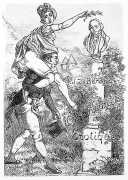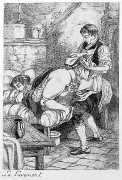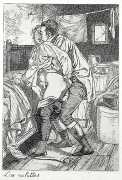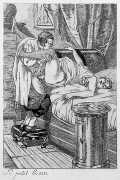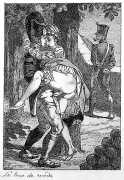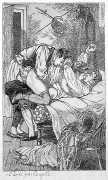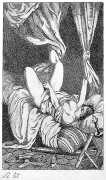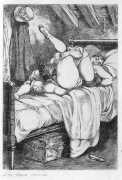 ‘I am quite a good poet,’ Pierre-Jean de Béranger (1780–1857) said of himself, ‘clever in the craft, and a conscientious worker to whom old airs and a modest choice of subjects have brought some success.’ His modest self-appraisal belies his importance in literary history. Larry Portis in his history of popular French music, French Frenzies: A Social History of Pop Music in France, describes Béranger as ‘the most popular French songwriter of all time’. When Pierre-Jean de Béranger first began to cultivate the chanson, it was a minor and little-regarded form, restricted to slight subjects and a humorous guise of treatment. He raised the standing of the art, imbued it with sentiment, and turned the French song into into an internationally-recognised art form.
‘I am quite a good poet,’ Pierre-Jean de Béranger (1780–1857) said of himself, ‘clever in the craft, and a conscientious worker to whom old airs and a modest choice of subjects have brought some success.’ His modest self-appraisal belies his importance in literary history. Larry Portis in his history of popular French music, French Frenzies: A Social History of Pop Music in France, describes Béranger as ‘the most popular French songwriter of all time’. When Pierre-Jean de Béranger first began to cultivate the chanson, it was a minor and little-regarded form, restricted to slight subjects and a humorous guise of treatment. He raised the standing of the art, imbued it with sentiment, and turned the French song into into an internationally-recognised art form.
In 1920 the Paris publisher Georges Briffaut commissioned van Mäele to produce twelve plates for a selection of 48 of Béranger’s chansons, here called ‘gaietés’. In order not to alert the authorities in charge of censorship, no publisher name is given and the publication location is ‘Éleuthéropolis, à l’enseigne de Cupidon’ (under the banner of Cupid).
We are very grateful to our friend Mario Cantinelli for supplying these images.


